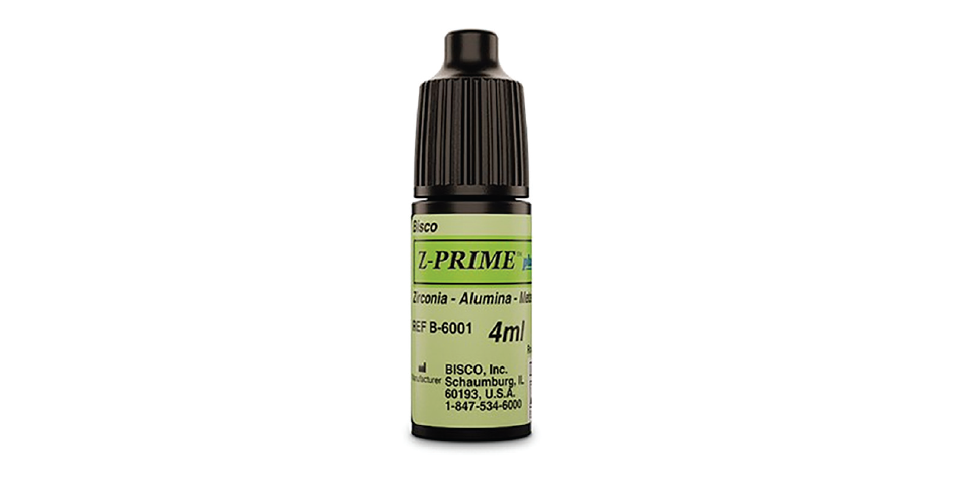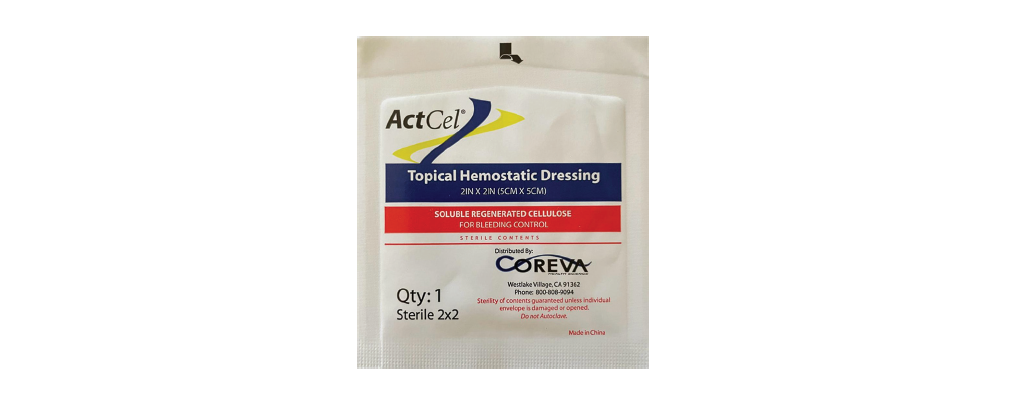
8 minute read
Testing the Tools
By Ross Isbell, DMD, MBA
A Cord-Cutter's Dream
DentaLaze
Shofu
shofu.com

In my office, we often need hemostasis around our restorative work, and, if pressure and time won’t solve it quickly enough, we jump to using a diode laser. We have a corded laser unit ready to go in our primary crown prep operatory, but it requires some effort to move. In contrast, the DentaLaze by Shofu is much easier to transport. It is a small handheld cordless option for gingivectomies, hemostasis or any other diode application. The DentaLaze is shaped like a pen, is easy to grip, is lightweight at 100 grams and measures 163 millimeters — about the size of a large handled elevator. As my pinch-hitter laser, I keep it plugged in and charged at all times. While it will allegedly run for 45 minutes before needing charging, I’ve never used it for that long. If you use it intermittently, it will automatically go into standby mode after three minutes and sleep mode after an additional two minutes. It operates at an 808-nanometer wavelength with a 3- and 5-watt pulsed wave or at 1W, 2W or 3W continuous waves. I typically keep it on 2W continuous because I’m working at preparation margins and not using it for more extensive work, though it is more than capable. The guiding beam is an interesting green color instead of the average red, so it is easy to see where your active work site is. In general, if you can’t see your guide beam spot, you should evaluate whether or not the filament structure is compromised and needs to be adjusted or repaired. The tips are single-patient use, so, if the filament is compromised, such as if I have bent it too extremely, I typically just swap to a new one for better performance. If it is covered in too much debris, try wiping it with a water-wetted gauze or use a fiber cutter prior to replacing the tip. A disposable plastic sheath is used to cover the whole device to make sterilization simple and cross-contamination unlikely. With only two buttons for swapping modes and turning it on and off, there is little to confuse. The intro kit with the laser and all appropriate charging equipment and disposables is $3,500. Due to this pen housing the entire laser apparatus, it is not the smallest handpiece available among diode lasers, but it is a worthy tradeoff to be able to work without a foot pedal or a cord of any sort. While the company still recommends that you and your assistant wear protective eyewear, there is also an adjustable viewing lens attachment, so, if your posture and view are appropriate, you can utilize only the pen without swapping out your loupes. If you are looking for a little more freedom and a little less clutter on your countertop, check out DentaLaze.
A Strong Bond to Restorations
Z-Prime™ Plus
Bisco
bisco.com

When I was in dental school, a hot debate was whether bonding to zirconia was possible. As it turns out, it was more of a “not yet” situation. With advanced chemistry and primers like Z-Prime™ Plus from Bisco, it is now possible to bond and achieve great results with zirconia and no longer require the same aggressive preparation styles of the past. Z-Prime Plus is a single homogenous material primer that uses a mixture of a methacryloyloxydecyl dihydrogen phosphate (MDP) monomer and biphenyl dimethacrylate (BPDM), which is a patented hydrophilic carboxylate monomer that Bisco has been using for many years with its All-Bond line of products. Assuming that the intaglio surface has been sandblasted and cleared of phosphate groups with an aggressive alkaline cleaning agent such as Zirclean® or Ivoclean®, this MDP monomer works to prepare the intaglio surface for high bond strength by bonding with phosphate groups directly to the zirconia and methacrylate groups to the resin cement. The BPDM monomer works synergistically with the MDP monomer by utilizing moisture from the dentinal tubules to bond to the dentinal substrate. The combination of these two monomers makes it ideal for boosting the strength of zirconia bonding, but also makes it not as effective at glass ceramic bonding, such as porcelain, except for encouraging the laminar effect by wetting the substrate. For bonding glass ceramics, a silane primer should be used instead. Z-Prime Plus is compatible with any resin luting cement, though I almost always use it with a dual-cured cement, and it will increase bond strength to almost any zirconia or metal substrate. It is temperature-stable for multiple years, so it can be stored in your cabinet instead of the refrigerator. Z-Prime Plus has a film thickness of only 2 micrometers, so it won’t affect the marginal fit of your crown. It does not need to be light cured, but it is light sensitive, so you should only apply it when you intend to proceed directly into your delivery process. Z-Prime Plus is a simple addition to your bonding protocol and should allow you to make more conservative preparation designs with the same long-term success. This product begins to level the playing field between bonding strengths of lithium disilicate and zirconia while still allowing for the greater biocompatibility and flexural strength of zirconia.
Stop the Bleed
ActCel® Hemostatic Gauze
ActCel®
actcelgauze.com

When planning oral surgery, I always discuss bleeding risks with my patients. I am especially concerned about these risks with patients who are on blood thinners. While some of these patients may be able to take a holiday from their medication and help achieve a quicker union from clotting, not all patients are allowed to discontinue their medication, even temporarily. In situations where the patient will still be requiring oral surgery but cannot stop their medication, I need to plan for prolonged bleeding times. The first attempt to control bleeding in an open extraction site is to pack it, either with bone grafting material and collagen membranes, bone wax, or a hemosponge/collagen plug. This helps to remove the bony socket from the equation, but not the soft tissue. Especially when suturing a site together, it also helps to have a topical agent other than pressure. ActCel® topical hemostatic gauze is among my favorite for dressing such a wound. This material is created from a regenerated cellulose that will easily dissolve when wetted, such as with blood, and turns into a gel. It rapidly absorbs blood and actively recruits platelets and clotting agents to fill open vessels at the site of the wound. If I am having any trouble slowing down bleeding with standard gauze, I swap to ActCel, which I cut in strips to lay across the incision line or area of nonclosure. I then continue monitoring until hemostasis is achieved and sometimes will send some home with the patient. Hopefully, uncontrolled bleeding isn’t a regular occurrence in your office and you don’t need ActCel often, but its three-year shelf life will make it unlikely that your supply will go bad. After bleeding has slowed, you can choose to rinse away the gel, but I typically just leave it in place since it doesn’t really have a flavor and just feels smooth. You also can layer cotton gauze on top of it to keep it in place for longer. Whenever the patient decides to stop utilizing the gauze, the ActCel gel will either peel away with the gauze or eventually be washed away with water or saline rinses. I do not recommend hydrogen peroxide because that can dissolve the clot and reinitiate bleeding. Since the ActCel gel is made of cellulose, it breaks down into saline and glucose, so there is no danger if it remains in the mouth or is ingested. The best part about ActCel as an aid is that it causes no tissue damage, unlike some other hemostatic chemicals. This material deserves a home at least in your emergency kit, if not your standard surgical site management kit.
Ross Isbell, DMD, MBA, currently practices in Gadsden, Alabama, with his father, Gordon Isbell, DMD, MAGD. He attended the University of Alabama at Birmingham (UAB) School of Dentistry and completed a general practice residency at UAB Hospital. Isbell has confirmed to AGD that he has not received any remuneration from the manufacturers of the products reviewed or their affiliates for the past three years. All reviews are the opinions of the author and are not shared or endorsed by AGD Impact or AGD. To comment on this article, email impact@agd.org.

